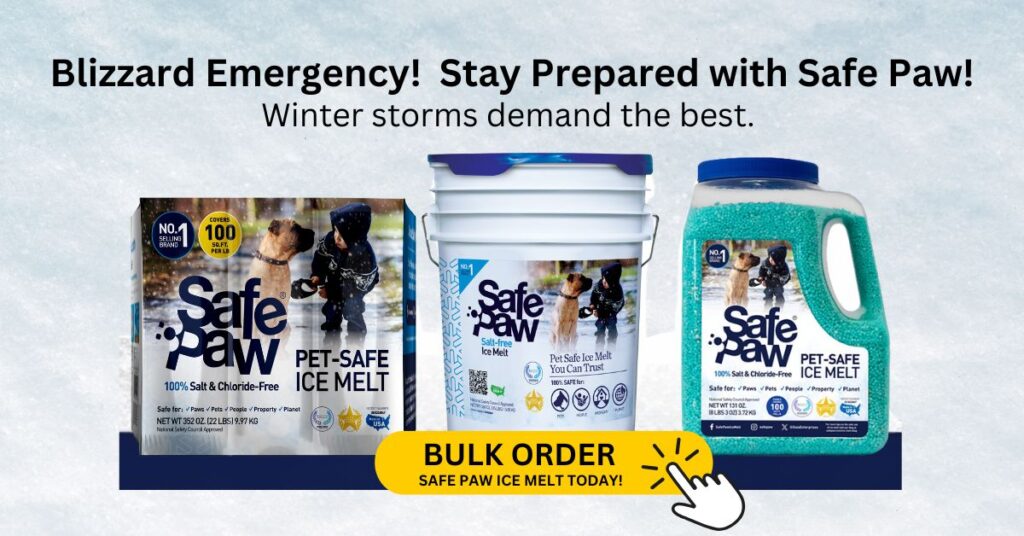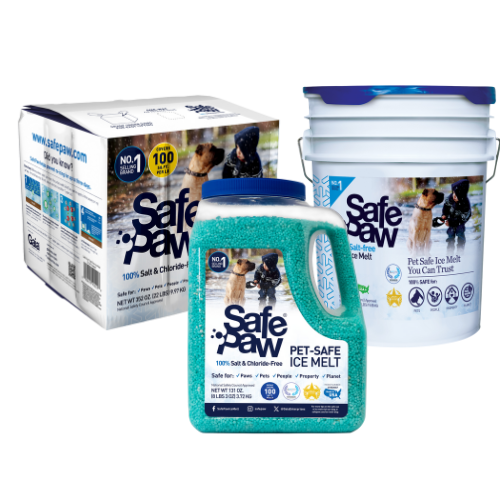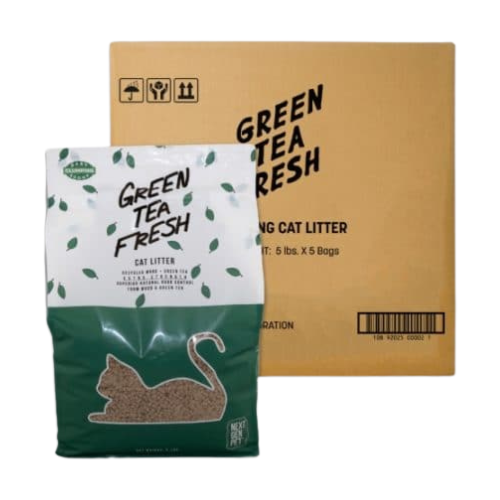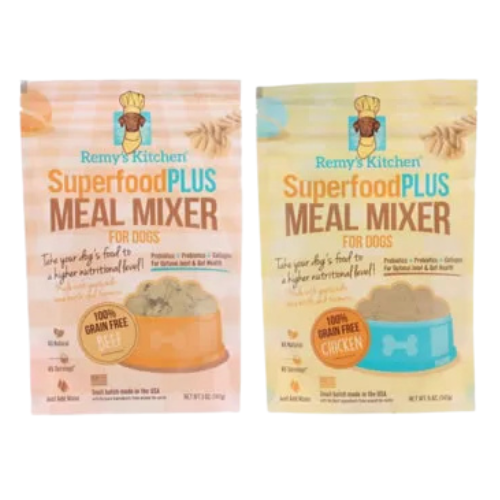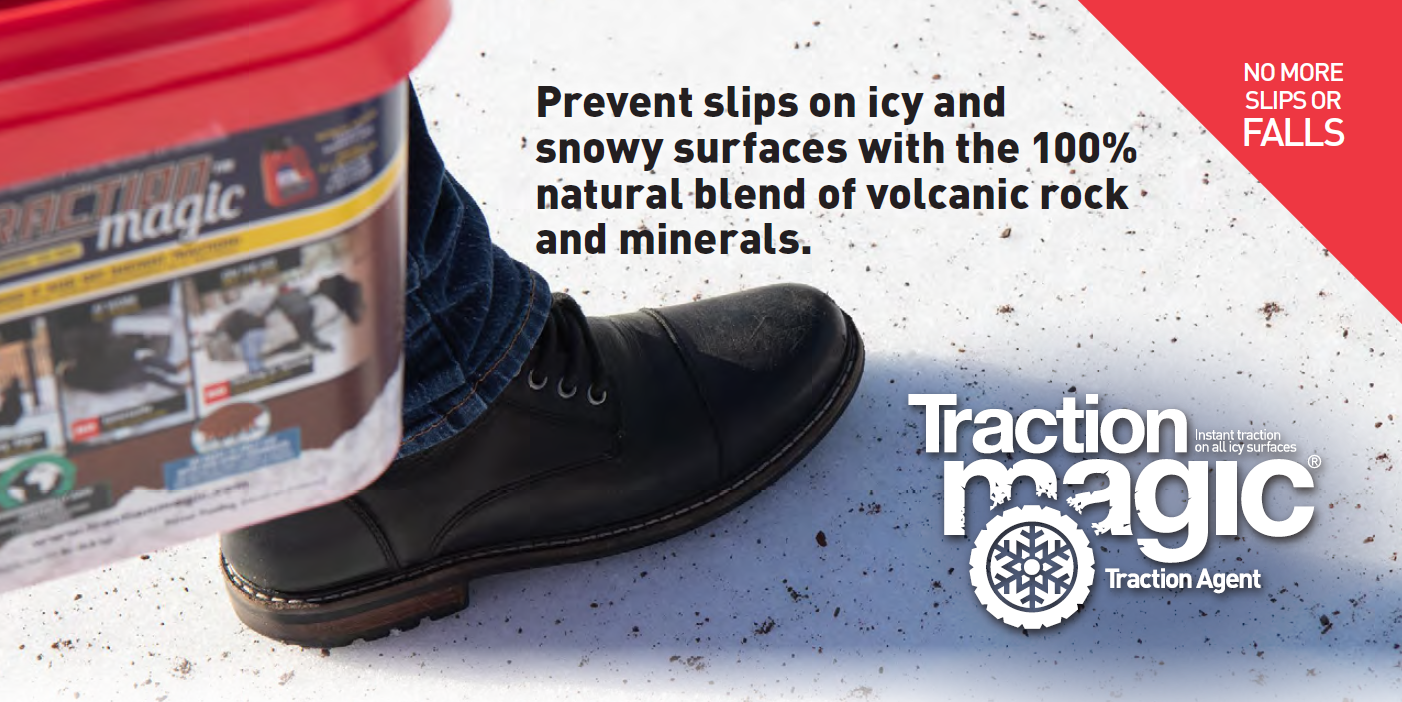How To Remove Salt Stains From Concrete
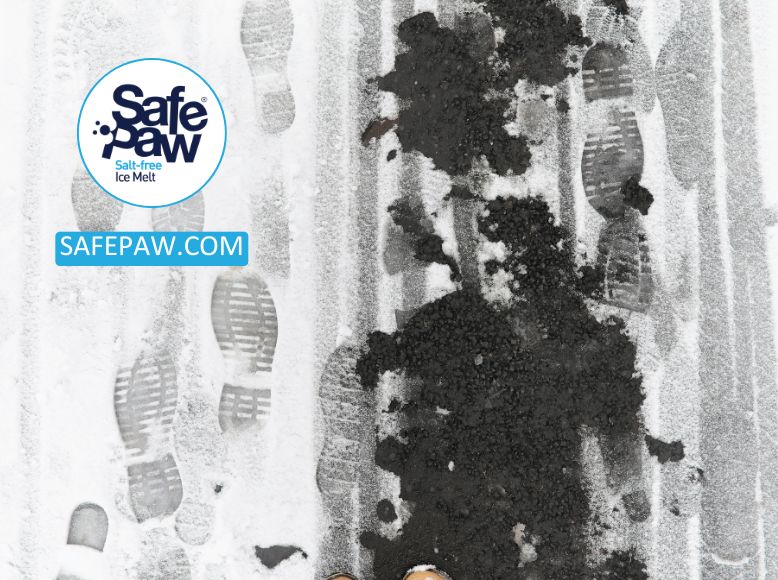
Salt and deicers combine to form a chemical mixture that seeps into concrete when diluted with enough water. The brine re-freezes when the temperature drops, then evaporate when the temperature rises, leaving damaged concrete and salt stains. Given how crazy the winter weather has been, it’s no surprise that all surfaces appear to be covered in a permanent layer of salt these days.
Even if it doesn’t snow much, salt is applied to the roads and sidewalks to prevent melting ice on concrete. Cleanup is a breeze with many polished concrete surfaces. On the other hand, concrete floors are easy to clean and resistant to harmful chemicals and abrasive salt. If you’re cleaning a concrete surface, we have some tips mentioned below for removing salt stains.
Causes Of Salt Stains & Deteriorate On Concrete
Concrete is a porous substance that absorbs water quickly. Deicers, such as salt, are the real culprits for concrete deterioration. Still, you can use roof safe ice melt. Similarly; coastal climates have high levels of sodium chloride in the air, which can cause concrete to crumble and discolor over time.
Salt stains on concrete are primarily caused by the use of salt (sodium chloride) as an ice-melting agent. When salt is applied to icy surfaces, it lowers the freezing point of water, causing the ice to melt. As the ice melts, it forms a brine solution that can seep into the porous concrete surface. When the brine evaporates, it leaves behind salt residue, which manifests as stains.
How to Remove Salt Stains from Concrete?
Getting rid of salt stains on concrete requires a multi-step process. Here’s a step-by-step guide on how to remove salt stains from concrete:
- Sweep: Begin by sweeping or using a leaf blower to remove loose salt and debris from the surface. This prevents further scratching during the cleaning process.
- Mix a Cleaning Solution: Create a cleaning solution by mixing one part white vinegar with four parts water. You can also use a commercial concrete cleaner.
- Scrub: Scrub the stained areas vigorously with a stiff brush or broom. Make sure to work the solution into the stains.
- Rinse: Thoroughly rinse the concrete with clean water to remove the cleaning solution and loosened salt residue.
- Repeat if Necessary: Stubborn stains may require repeat applications. For particularly tough stains, consider using a specialized concrete cleaner.
- Seal: After the surface is clean and dry, consider applying a concrete sealer. Sealing the concrete can help prevent future salt stains and protect the surface.
Ice Melt Safe For Concrete
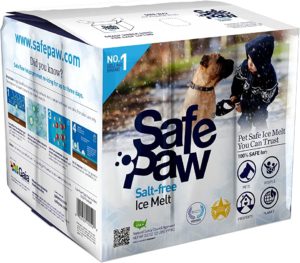
Pet Friendly Ice Melt – Safe Paw!
The Original and the #1 Child and Pet Safe Ice Melt for over 20 years. Guaranteed environmentally safe – will not harm waterways and sensitive wetlands.
Best Practices for Winter Maintenance
- Pre-treatment
Think ahead to prevent the hazard before it even begins. Applying a pre-treatment solution, such as liquid brine or beet juice blends, can be a game-changer. These solutions work by preventing the bond between ice and the pavement, making it easier to manage once the storm hits. This strategy is not only effective but also minimizes the environmental impact often associated with heavy post-storm salt use. Remember, prevention is less about dealing with the aftermath and more about setting the stage for easier maintenance.
- Proper Application
Precision is key. Did you know that the misuse of deicing materials can lead not only to ineffective results but also to potential skin burns and long-term environmental damage? To avoid this, always measure the area you’re treating and apply the ice melt according to the manufacturer’s recommendations. Techniques such as “spot application” or using a calibrated spreader can ensure you cover the area evenly without overdoing it.
- Regular Maintenance
Stay vigilant. Regularly inspect your premises for ice build-up and reapply deicing materials as needed. This ongoing attention helps prevent the formation of ice patches that can lead to slips and falls. Additionally, clear snow promptly before it hardens into ice. This type of diligence not only enhances safety but also significantly reduces the risk of nerve damage or factitial dermatitis caused by prolonged exposure to cold and chemicals.
- Alternative Materials
Explore safer alternatives. Materials like sand and grit provide necessary traction without the chemical risks associated with traditional ice melts. While these materials do not melt ice, they are crucial for immediate slip prevention on icy surfaces. For those looking for eco-friendly options, products like Safe Paw offer a viable solution that minimizes the risk of environmental impact while ensuring the safety of pets and children.
- Education and Awareness
Knowledge is power. Spread awareness about the potential hazards of improper ice melt use, such as nerve damage and skin burns. Community workshops, flyers, and social media can be effective channels to educate about safe application techniques, the importance of choosing the right materials, and how to recognize signs of factitial dermatitis. Informing the community can lead to more responsible behavior that benefits everyone.
What Product Removes Salt from Concrete?
Several products can effectively remove salt stains from concrete, including:
- White vinegar and water solution: This homemade solution is cost-effective and environmentally friendly.
- Commercial concrete cleaners: These products are specifically designed to tackle salt stains and other concrete issues.
- Pressure washers: High-pressure water can be used to remove salt stains, but it’s essential to use the right pressure settings and techniques to avoid damaging the concrete.
What Is Efflorescence?
Efflorescence is a white, powdery deposit that can form on the surface of concrete. It occurs when soluble salts, often present in the concrete or brought to the surface by water, react with carbon dioxide in the air. To prevent, treat, and remove efflorescence:
- Prevention: Proper concrete curing, drainage, and sealing can help prevent efflorescence.
- Treatment: Efflorescence can sometimes disappear on its own as the salts leach out. Brushing and rinsing the affected area with water can speed up this process.
- Removal: Stubborn efflorescence can be removed with a stiff brush and a vinegar and water solution or a commercial efflorescence remover.
Pet Safe Ice Melt – Safe Paw
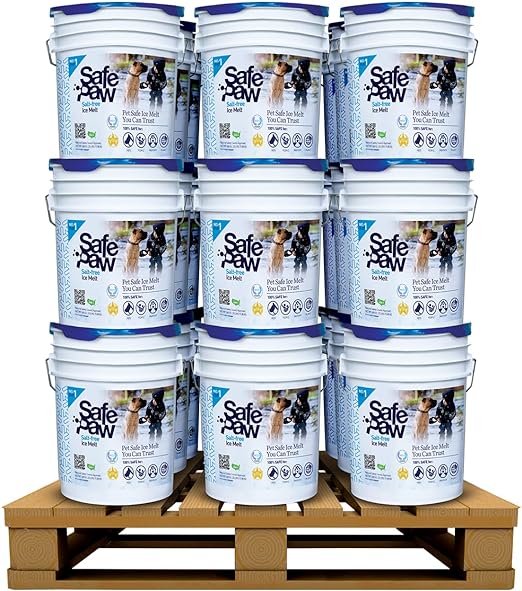
Safe Paw, Child Plant Dog Paw & Pet Safe Ice Melt -35lb, 36 Pails

Safe Paw, Child Plant Dog Paw & Pet Safe Ice Melt -22lb, 100Bboxes
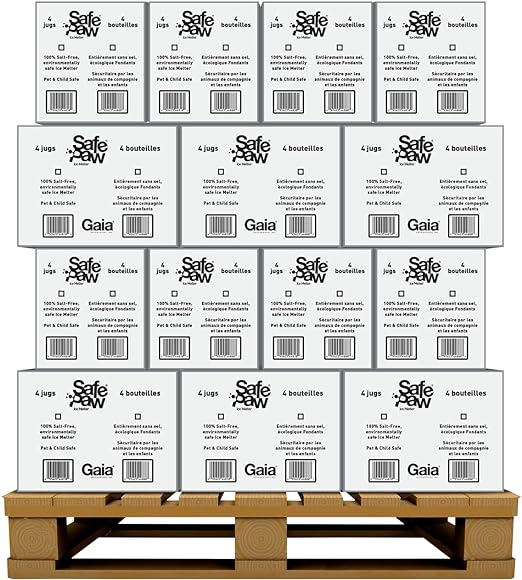
Safe Paw, Child Plant Dog Paw Pet Safe Ice Melt, 160 Jugs
Pet Products Powered By EzPz.pet
Additional Advice And Suggestions
- Commercial salt neutralizers/removers are often used. These products are frequently used on marine equipment that is regularly exposed to saltwater. Check the labels to make sure it’s safe to use on your surface, which it usually is.
- A weak hydrochloric acid and water mixture can be used for more aggressive cleaning (1 part acid to 20 parts water). However, because the acid can harm some concrete surfaces rather use roof safe ice melt. Though, It should only be used by those who are familiar with it.
- It may take several attempts to completely remove the stains and residue if they are severe and thick.
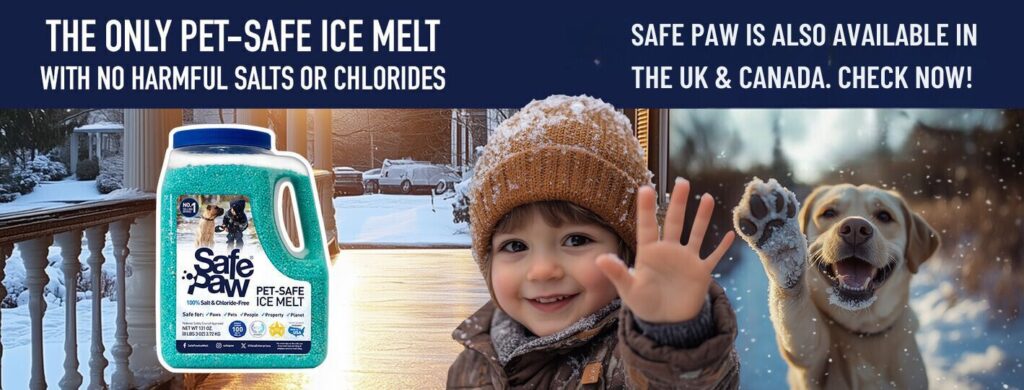
Wrapping Up
Millions of homeowners inadvertently damage their concrete every year due to melting ice on concrete with their deicing practices. Driveways, sidewalks, and other concrete surfaces are subjected to the effects of the most popular deicer with each freeze and thaw. You must move away from the traditional ice melt that you’ve always relied on. If you have concrete driveways, walkways, or pavers, there’s a good chance you’re doing more harm than good by using them.
It’s time to upgrade to the Safe Paw ice melter, which is more effective, safe for concrete, and environmentally friendly. Safe Paw doesn’t have any salt in it. It won’t harm concrete or brick, and it melts ice quickly. It forms a protective coating on the surface of the concrete, which protects it from corrosion. It is safe for pets and protects them from harm while causing no unnecessary damage to your concrete.
Gaia Enterprises Inc. delivers 100% pet-safe and environmentally friendly winter products. Safe Paw, our flagship product, is the #1 selling pet-safe ice melt that does not harm pets, safe if ingested, and safe on all types of concrete.
FAQs
Other Ice Melt Products
Traction Magic
Stay safe on slippery surfaces with a product that’s 100% natural and safe for pets, people, and your property. Use Traction Magic on sidewalks, steps, or as instant traction for your car.
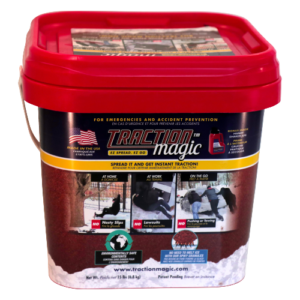
Safe Thaw
Imagine an ice melt you can put down and never worry about. It won’t harm pets, kids and your property. That’s Safe Thaw. Unlike anything else on the market, Safe Thaw can change how winter affects our planet.
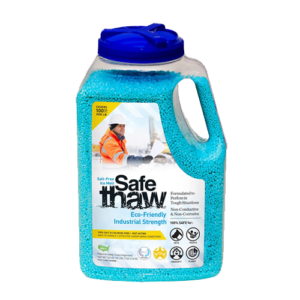
Walk On Ice
Prevent slips at home, work or on the go, The handy disposable canister can be taken everywhere, with the same 100% naturally occurring minerals that provide instant traction on ice or snow.
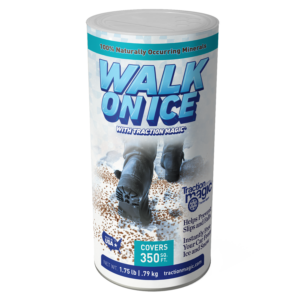
Safe Thaw
Imagine an ice melt you can put down and never worry about. It won’t harm pets, kids and your property. That’s Safe Thaw. Unlike anything else on the market, Safe Thaw can change how winter affects our planet.

